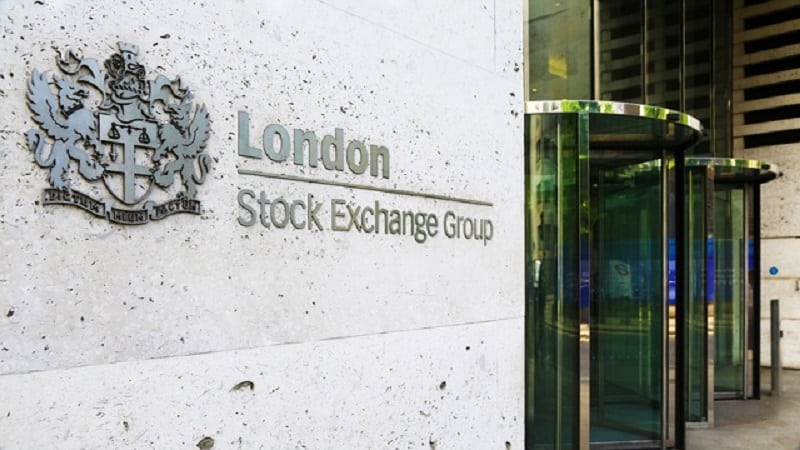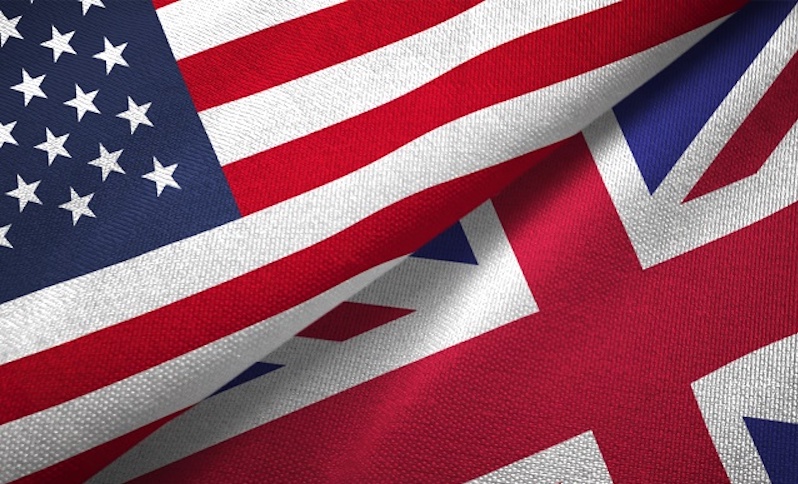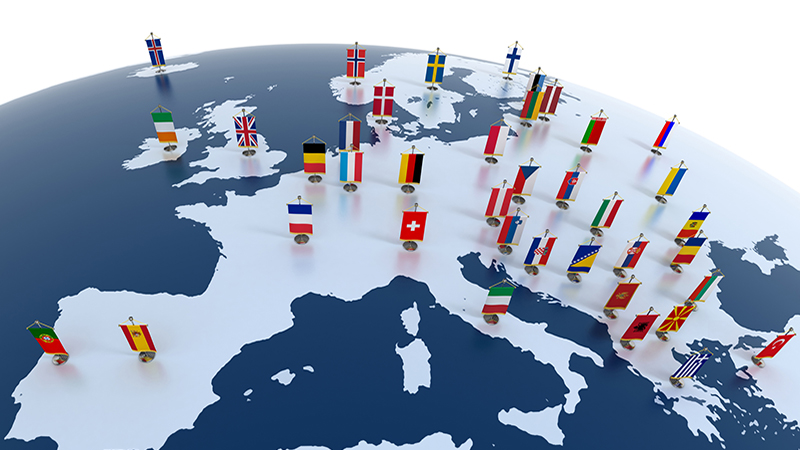By Maria Vassalou, head of Pictet Research Institute
Wars in Ukraine and Gaza now divide the world in a way similar to the Cold War era. A West-led coalition vs a broad alliance of Russia, China, Brazil, India including middle east and ‘global south’ countries – the catchingly named ‘BRICS+’.
But unlike the last Cold War between the United States and the Soviet Union, this one isn’t about ideology, proving that one political system is superior to the other. This one is about economic competition, centred on a race for gaining, in the case of China, or maintaining, in the case of the US, leadership in cutting-edge technology and innovation.
As China and the United States fight for the top spot in the world’s economic order, Europe’s position is more uncertain. Suffering from underinvestment in technology and innovation, a bloated public sector, stifling regulations, a fragmented capital market, high debt levels, and deteriorating demographics, the European Union faces an existential threat.
This all could trigger the EU’s eventual demise or spark its evolution into a vibrant new Europe, fit for the 21st century and beyond.
See also: Four views: Is it time to buy European equities?
Europe must use its advantages to unlock its growth potential. It has a high-quality education system that produces graduates across all fields, and boasts world class universities and research centres.
These are sources of innovation, technology and leadership in areas where Europe has either the ability or the potential to add value, be it in engineering, biotech, aerospace, new materials or the food industry.
Europe also has democratic, stable institutions that uphold the rule of law. This framework reduces political risk and is an environment that welcomes entrepreneurship, provided businesses are unleashed from overbearing regulations and lengthy judicial processes.
While an ageing population and declining birth rate strains labour availability, automation, robotics and digitalisation can help, allowing Europe to produce high quality goods at competitive prices.
See also: PGIM Fixed Income: Five risks US tariffs pose to European markets
And whereas all the buzz these days is about technology and the products of the ‘Magnificent Seven’, the world needs more than technology. It needs products that incorporate technology and that are at the same time high quality, safe, healthy, environmentally friendly and aesthetically pleasing. Europe can be a leader in this.
To demonstrate that leadership, Europe must form agile alliances among its states to promote research, innovation and joint ventures.
It needs to focus on industries that will grow the economic resilience of the continent by decreasing reliance on other economic powers, developing skills within its workforce, and weaning itself off imported energy. Small modular nuclear plants can be the answer, drawing on existing expertise in countries like France and the UK.
To shape up for the future, it may be tempting for Europe to embark on a large round of borrowing. That would be a mistake in the face of tepid growth and already high existing debt.
Instead, the first move should be to rationalise spending, cut waste of public funds and prioritise projects that add to Europe’s growth potential. Such targeted projects are more likely to be funded by a group of countries with common interest in their success.
Europe can compete successfully in this uncertain world. But Europe has to rethink the way it operates. Faced with the technological competition between the world’s two major economies and the ideologically agnostic BRICS alliance, this is the time for a new Europe that embraces a business-minded approach to governing.










